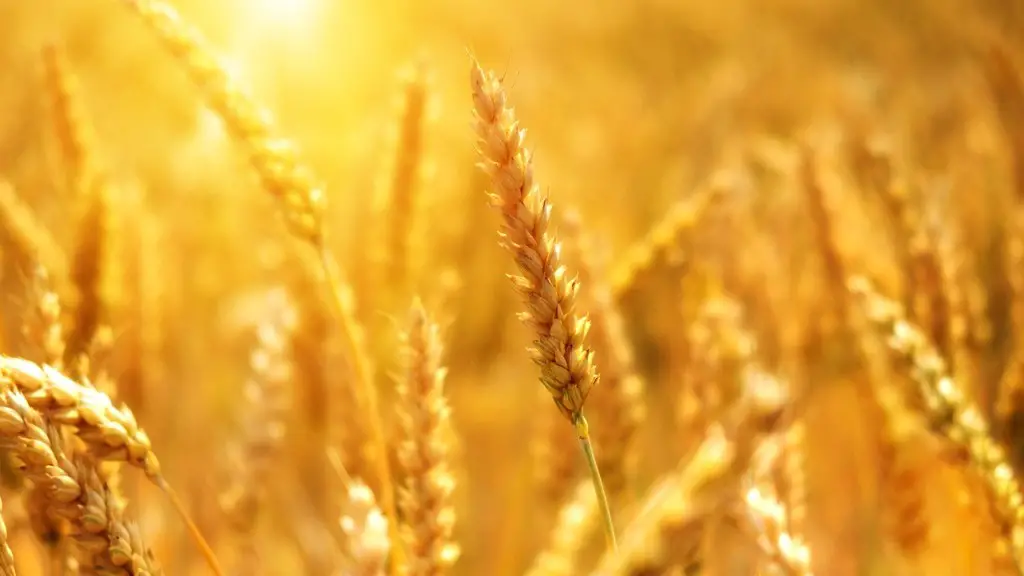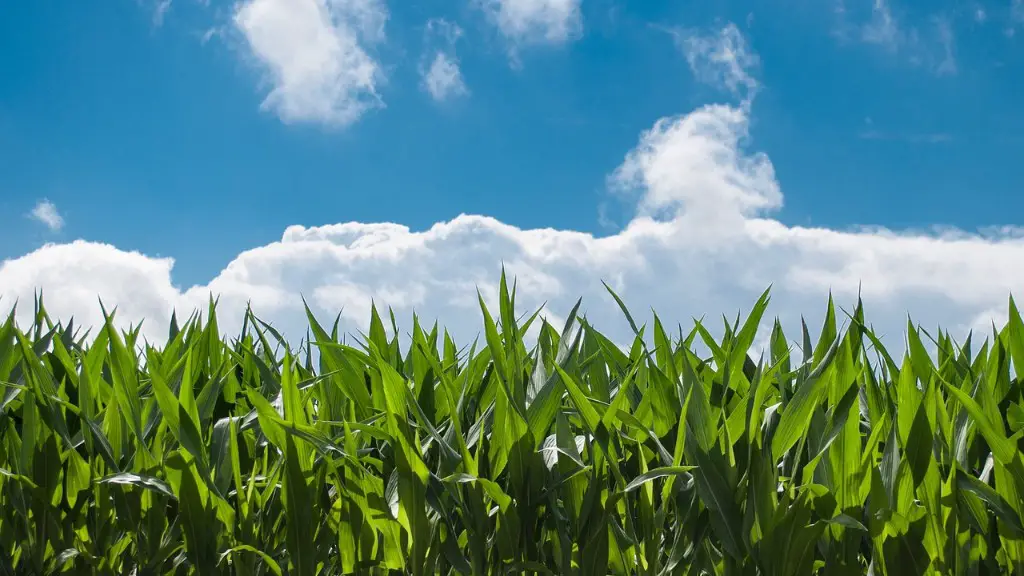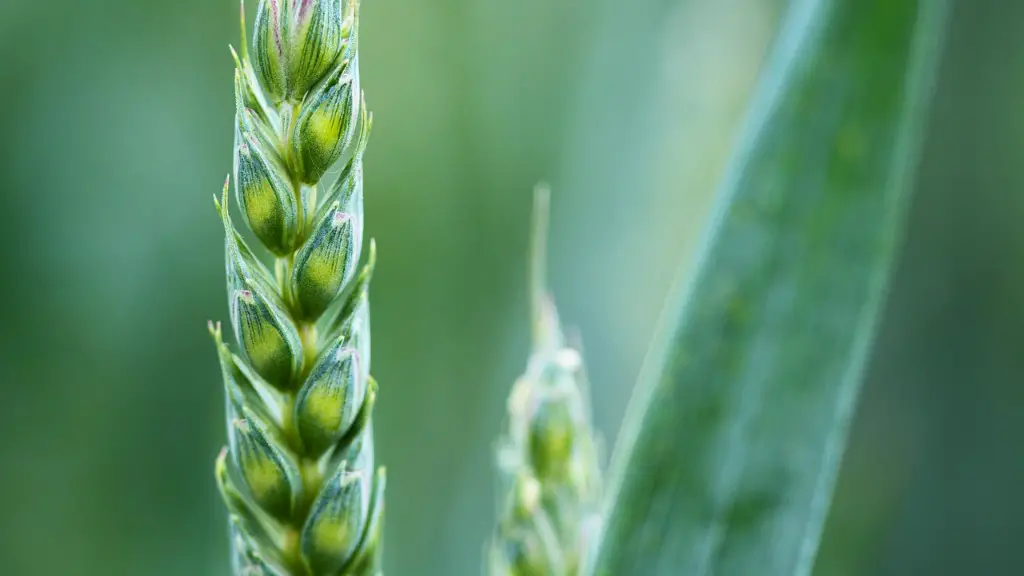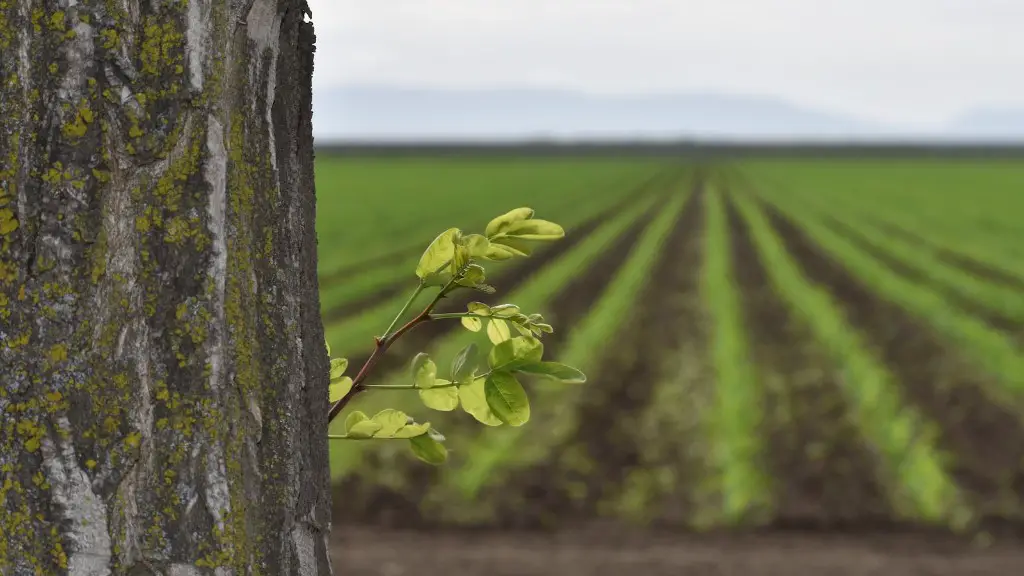Animal agriculture is one of the most devastating causes of environmental destruction. It’s responsible for a broad range of impacts, from massive amounts of greenhouse gas emissions, to land and water contamination, to deforestation and loss of biodiversity. Understanding how animal agriculture affects the world is essential for creating a sustainable future for all Earth’s inhabitants.
Industrial animal agriculture or concentrated animal feeding operations (CAFOs) are characterized by their large size and the use of large-scale operations to process and rear animals. These operations are immensely energy and capital intensive and rely on non-renewable energy sources (e.g. fossil fuels). This contributes to the depletion of natural resources and exacerbation of climate change.
Greenhouse gas emissions from animal agriculture are among the highest priority environmental concerns. Animal agriculture accounts for more than 14% of all global greenhouse gas emissions, making it one of the leading causes of global warming. It is the single largest source of emissions of potent short-lived climate pollutants such as methane, which is 86 times more powerful than carbon dioxide when it comes to trapping heat in our atmosphere.
Livestock production also causes extreme water pollution. According to the World Wildlife Fund, animal agriculture is responsible for up to 91 percent of Amazon rainforest destruction. The clearance of forests for animal pasture converts once richly biodiverse ecosystems into sterile monocultures, destroying habitats and endangering species.
Furthermore, animal agriculture is the leading cause of species extinction and the destruction of habitats globally. The demand for animal products has a direct impact on wildlife, resulting in habitat loss and fragmentation, food scarcity and water shortages.
The intensive use of land and water resources, poor waste management and wide-scale degradation of soils and water resources, make industrial animal agriculture an unsustainable and destructive practice. Its global environmental impact is one of the greatest challenges to sustainable 21st century food production.
Deforestation
The expansion of animal agriculture is one of the leading causes of deforestation worldwide. Around 70 percent of previously forested land in the Amazon is used for cattle pasture, with more cleared every day. This destruction not only reduces global biodiversity and contributes to climate change, it also leads to soil erosion, desertification and the loss of agricultural land.
Deforestation has a devastating effect on local ecosystems and wildlife. It also has a serious impact on global climate, as carbon stored in forests is released into the atmosphere when trees are cleared to make way for livestock.
The destruction of forests is particularly concerning in tropical countries where forests are rich in species and occupy vast areas. Despite their value for biodiversity, carbon sequestration and soil quality, forests are being heavily deforested for large-scale animal agriculture.
Estimates by the U.N. Food and Agriculture Organization (FAO) suggest that animal agriculture requires more land and freshwater than any other industry. Worldwide, livestock production is the leading cause of land degradation and accounts for over 8% of global human water use.
The emissions of methane, nitrous oxide and other heat-trapping gases from animal agriculture are also a major contributor to deforestation and global climate change. These gases trap the earth’s heat and contribute to further destruction of animal habitats and global warming.
Water Consumption
Animal agriculture is a major consumer of water. Livestock production consumes almost a third of all freshwater used globally. This water is used to grow feed crops, irrigate pastures and provide drinking water for animals.
The water used in animal agriculture also often contains high concentrations of pollutants, such as nitrate and phosphate, which can damage aquatic ecosystems and degrade water quality. This pollution is often caused by improperly managed animal waste, leading to the spread of pathogens, eutrophication and algal blooms.
The FAO also estimates that animal agriculture accounts for around 70% of all freshwater withdrawals. The intensive use of water in animal agriculture is having significant impacts on land and water resources, with serious implications for food security and human health.
Industrial animal agriculture is also responsible for large-scale water pollution. Livestock waste contains chemicals such as nitrogen and phosphorus, as well as hormones and antibiotics that can pollute water bodies. This pollution can lead to problems with algae blooms, oxygen depletion, and fish kills.
Furthermore, wastewater from animal agriculture can be a source of pathogenic micro-organisms, including E.coli, Salmonella and Campylobacter. These pathogens can lead to water-borne illnesses in humans, causing serious impacts to public health.
Biodiversity Loss
The expansion of animal-based agriculture has had a significant impact on biodiversity loss and species extinction. The expansion of animal agriculture has led to the destruction of large areas of habitats, leading to the decline of flora and fauna.
The destruction of habitats is one of the leading threats to wildlife. The conversion of land for animal pastures, livestock grazing and feed crop production, destroys or fragments habitats of native species, leading to species decline and extinction.
Animal agriculture can also be a source of air and water pollution which degrade habitats and disrupt natural ecosystems. This can lead to the decline of keystone species, the loss of genetic diversity, and the disruption of food web structures.
The industrial production of animal-based foods has had wide-ranging and severe impacts on biodiversity. With increased demand for animal products, and the continued expansion of industrial animal agriculture, the decline of biodiversity is expected to intensify and accelerate in the future.
Pollution
The widespread use of industrial animal agriculture has contributed to a range of environmental issues, such as air and water pollution. The raising of animals requires large amounts of feed, which in turn requires massive amounts of pesticides and fertilizer. This can lead to soil erosion and degradation, as well as water contamination.
Animal agriculture is also responsible for producing large amounts of manure, which if not managed properly, can pollute water supplies and contaminate ground and surface waters. Manure runoff from feedlots or other unhealthy confinement systems can lead to the spread of pathogenic micro-organisms, which can cause serious health problems.
Air pollution is also a growing concern associated with animal agriculture. Livestock produce methane and ammonia, which can be released directly into the atmosphere. Ammonia can damage critical ecosystems, while methane has a significantly greater global warming potential than carbon dioxide.
Animal agriculture has a range of other environmental impacts, including soil erosion, soil compaction, land degradation, and the destruction of natural vegetation. The destruction of soils, together with the overuse of water resources and the release of pollutants, can further exacerbate climate change.
Consumption Patterns
In order to address the environmental impacts of animal agriculture, it is essential to rethink our consumption patterns and make changes in favor of sustainable, plant-based diets. Eating lower on the food chain and reducing our consumption of animal-based products, can help mitigate the environmental impacts of animal agriculture and help to create a more sustainable food system.
The FAO estimates that if everyone shifted to a plant-based diet, it would reduce global land use for agriculture by 76%, reducing the need for deforestation and land clearing. Eating lower on the food chain would also reduce carbon emissions by more than two-thirds and drastically reduce the use of water, fertilizers and pesticides.
Consumers can also play a role in reducing the environmental impact of animal agriculture by reducing their consumption of animal-based foods and choosing more sustainable alternatives. Eating less meat and animal-based products, and choosing locally produced products and organic options when available, can help reduce animal agriculture’s environmental footprint.
Reducing consumption of animal-based foods can also help support small-scale and diverse food production, which use fewer resources, have lower environmental impacts, and are better for local economies.
Global Animal Agriculture
The global production of animal-based foods has increased exponentially in recent decades, and shows no signs of slowing down. The pressure this places on natural resources and the environment will continue to grow unless we make drastic changes.
Animal agriculture is already the leading cause of climate change and biodiversity loss, and the most intensive user of land and water resources. Its environmental impacts are vast and it is essential that these impacts and the associated risks, are addressed urgently.
It is essential for governments and policymakers to create long-term strategies to reduce the environmental impacts of animal agriculture, by encouraging people to shift to sustainable and plant-based diets, and by promoting more efficient and sustainable production and consumption models.
Current animal agriculture practices are unsustainable and if we are to tackle the challenges of climate change and global biodiversity loss, we must move away from industrial animal agriculture and embrace more sustainable and resilient land use practices.





